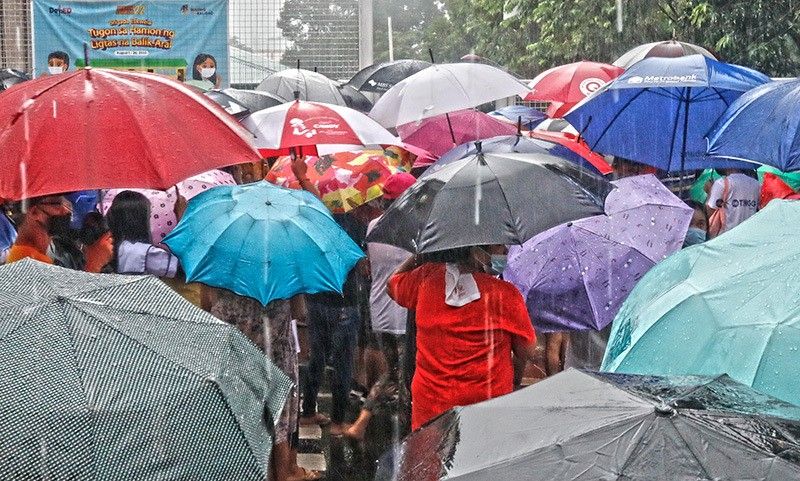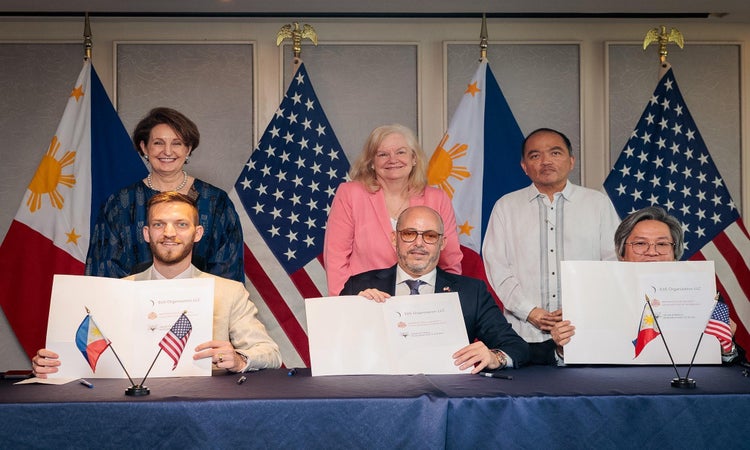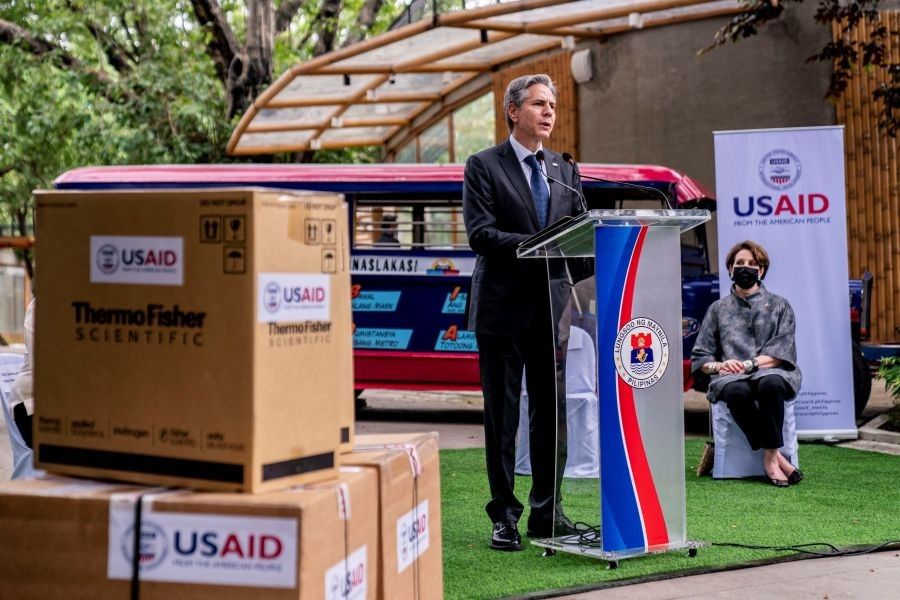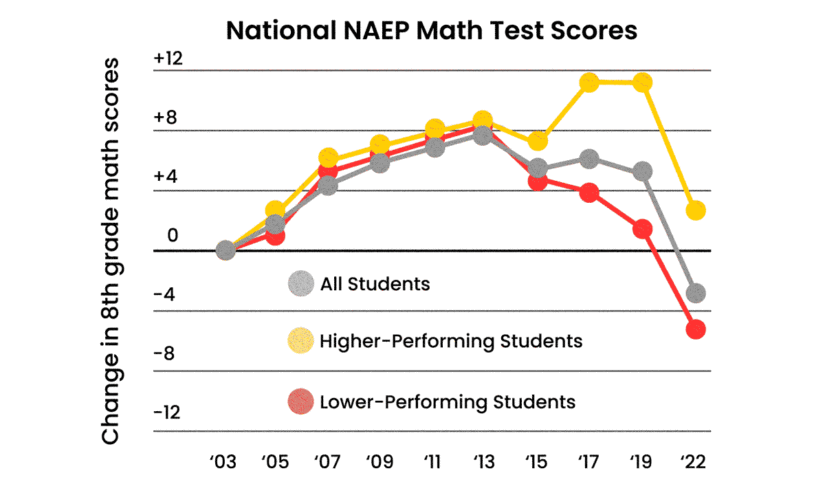40% of Filipino College Students Drop Out Despite Free Tuition
The Philippines faces a 39% postsecondary dropout rate despite free tuition. Financial struggles push students to work instead of study, prompting calls for better financial aid and flexible education options.

High Dropout Rates in Philippine Postsecondary Education Spark Calls for Reform
The Philippines is grappling with a concerning dropout rate in postsecondary education, with an overall rate of 39% and some regions experiencing an alarming 93.4%. This issue persists despite the implementation of the Universal Access to Quality Tertiary Education Act, which provides free tuition at state universities and colleges (SUCs).
According to the second-year report of the Second Congressional Commission on Education (EDCOM 2), financial constraints beyond tuition costs are a primary reason why many students opt to leave school and join the workforce instead. The report highlights the significant opportunity cost of staying in school when students feel pressured to earn an income to support themselves or their families.
Financial Barriers Beyond Tuition
While free tuition at public universities has eased the financial burden on students, expenses such as transportation, food, school materials, and lodging remain major obstacles, particularly for students from low-income backgrounds. Many students feel they have no choice but to prioritize immediate financial stability over completing their degrees.
EDCOM 2's findings indicate that even in regions where tuition-free education is accessible, the economic reality forces students to abandon their studies in favor of employment. This is particularly evident in rural areas where job opportunities may be scarce, and families rely on additional income from their children.
Proposed Reforms for a More Inclusive Higher Education System
To address these challenges, EDCOM 2 has recommended a revision of the free tuition law to incorporate more comprehensive financial assistance programs. Beyond tuition coverage, the group suggests providing students with stipends or financial aid packages that can help them cover basic living costs.
Another key proposal is to introduce a more flexible higher education system that allows students to return to school after spending time in the workforce. This would involve expanding options such as evening and weekend classes, hybrid learning models, and modular coursework that accommodates working students.
A More Adaptive Educational Model
Higher education institutions in other countries have successfully implemented flexible learning systems to cater to non-traditional students. By adopting similar measures, the Philippines could create an academic environment that supports students who need to balance work and school.
Additionally, policymakers are encouraged to develop partnerships between universities and industries to offer work-study programs. These initiatives could provide students with part-time job opportunities related to their fields of study, ensuring they gain professional experience without compromising their education.
The Path Forward
The high dropout rates in Philippine postsecondary education reflect deep-rooted economic challenges that cannot be solved by tuition-free policies alone. While free education remains a significant step forward, addressing opportunity costs through enhanced financial aid, flexible learning systems, and work-study programs could help more students complete their degrees.
As the government and education stakeholders evaluate possible reforms, the focus must shift toward making higher education truly accessible—not just in terms of tuition but in ensuring that students can afford to stay in school and graduate.
Would financial aid or flexible learning options help solve the dropout crisis? Share your thoughts in the comments.
What's Your Reaction?












/https://tf-cmsv2-smithsonianmag-media.s3.amazonaws.com/filer_public/54/66/546650fa-26a4-40fd-8d6d-5a7a04540f81/rosetta2.png)
:max_bytes(150000):strip_icc():focal(999x0:1001x2)/robert-prevost-050825-1-39395418ab494da5a3a700c9478e66c8.jpg)















































format(webp))
format(webp))


























